If you’re a homeowner in Australia, understanding termite behavior is crucial. An innocent-looking termite infestation can quickly turn your dream home into a nightmare. In this guide, entitled, “Understanding Termite Behavior: Signs of Infestation and Prevention Tips”, we delve into the fascinating yet destructive world of termites, providing you with all the essential knowledge you need to keep your home safe and termite-free.
From understanding their behavior and signs of an infestation to effective prevention strategies and treatment options, this article is your go-to source. Stay ahead of these tiny invaders by mastering the art of termite identification, prevention, and eradication!
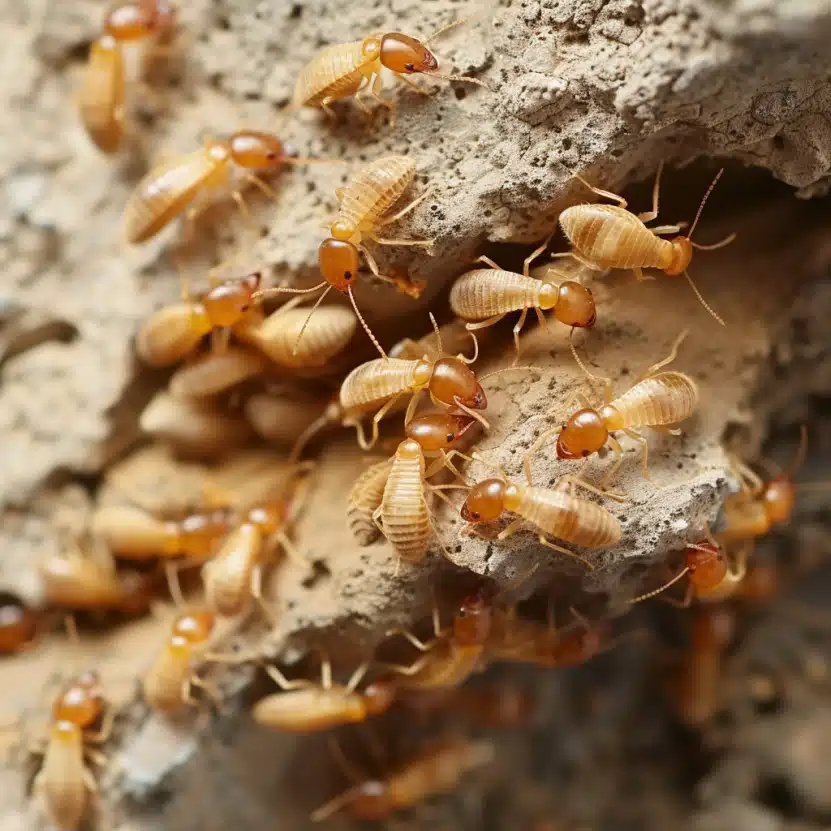
Termites may be small creatures, but they can certainly wreak havoc on Australian homes. To protect your property, the first step is understanding their behaviour and habits. Let’s delve into the fascinating and sometimes destructive world of termites.
There are over 350 species of termites in Australia, some of which cause more damage to homes than others. The most destructive are the ‘subterranean’ and ‘drywood’ termites which chew through wooden structures and furniture. Other species such as the ‘dampwood’ termite are less of a concern as they prefer decaying wood found in forests.
Understanding the termite lifecycle can help homeowners recognise a potential infestation early on. Termites have a complex social structure, with different castes including the workers, soldiers, and reproductives. Development from egg to adult takes several months. It’s worth noting that their reproduction rate is high which leads to large colony sizes, sometimes containing millions of individuals.
Identifying termite activity early can save you from costly repairs. Walls and wood sounding hollow when tapped, discarded wings, mud tubes on exterior walls, or visibly damaged wood are all signs of termite infestation. Monitor for these regularly and intervene at the first sign of trouble.
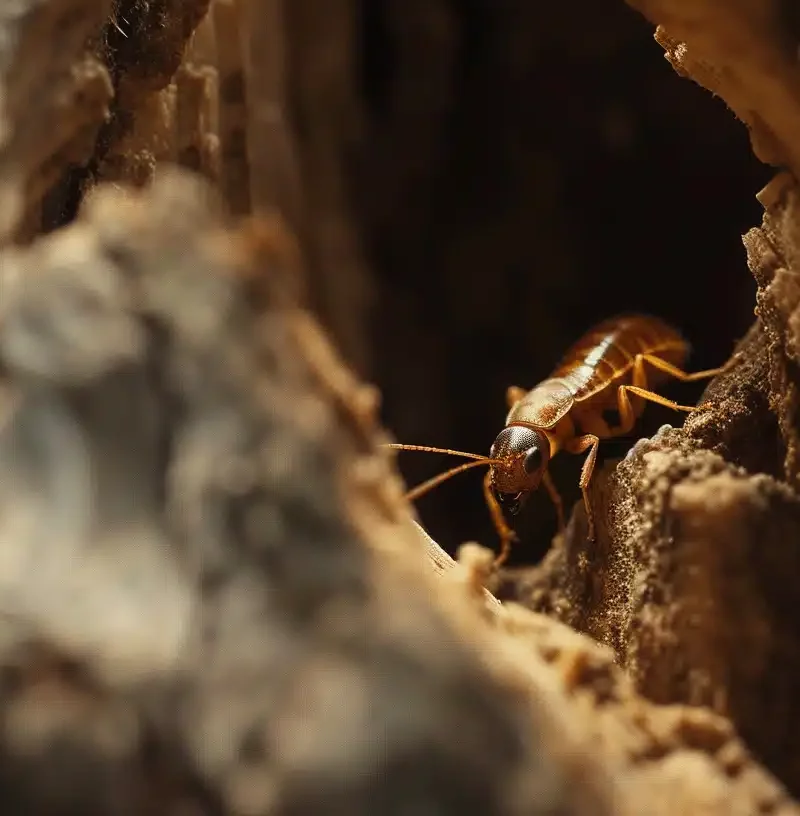
Termites are a dreaded word to any Australian homeowner. These critters burrow into wood and other materials causing structural damage that can be costly to repair. By identifying early signs of a termite infestation, you can protect your home before the harm becomes severe.
The first step in tackling a termite problem is recognizing they’re in your home. Termite droppings, also known as frass, are one of the most common signs of an infestation. This frass often looks like small, wood-coloured pellets. Finding discarded wings near windows, doors, or other home-access points can also suggest a termite infestation. Termites lose their wings after finding a good place to start a colony.
In Australia, termites have specific preferences for places to infest. They often target wooden structures, including beams, furniture, and flooring. In addition, they can also infiltrate the insulation and even paper items. The hidden, humid, and warm areas of your home, like the basement or cellar, can offer perfect conditions for termites.
Beyond the obvious physical signs, termites can also make their presence known subtly. If you start to notice paint chipping or blistering, it might be an indication of termites rather than bad weather. Moreover, if you tap on a wooden wall or object, and it sounds hollow or papery, that may be a clear sign of tunneling termites.
Termites in Australia cause an estimated $700 million to $1 billion in damage each year. When they infest a house, they can harm the structural integrity, making the property unsafe. Examples of severe damage include sagging floors and ceilings, or walls that appear to be water-damaged. In the worst cases, a termite infestation could render a home uninhabitable.
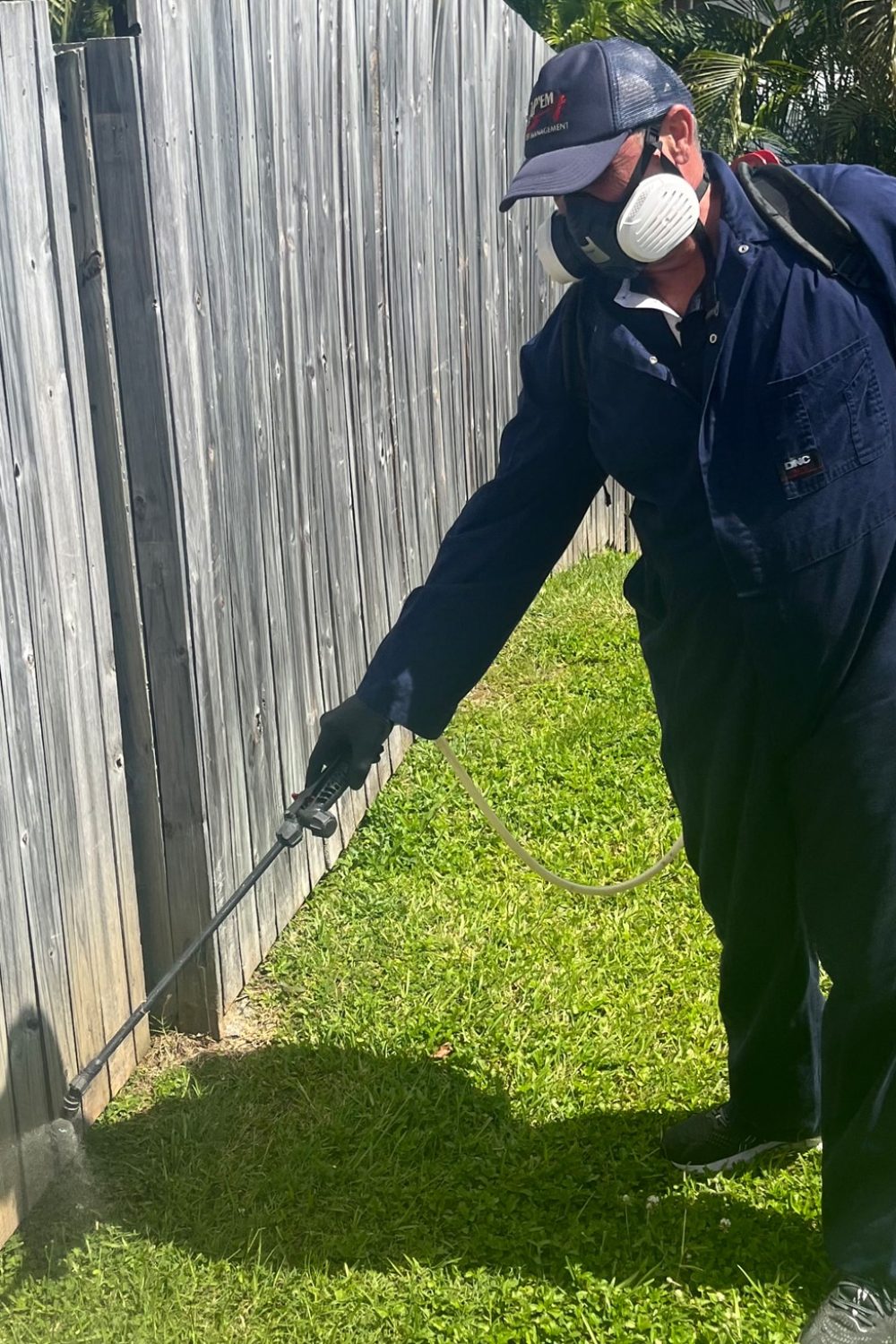
There are various means you can adopt to prevent a termite infestation in your Australian home. This process can range from simple practices to regular home maintenance procedures. By focusing on terminophobes, you can also capitalise on termite-resistant home construction materials and professional pest control services.
There are several simple actions you can take to make your abode less appealing to termites. One way is by minimising wood to soil contact, as termites are often attracted to areas where they can find both wood and moisture. More so, you should maintain a clean, clutter-free environment to deter termite activity.
Regular home maintenance and inspections are vital in keeping your home termite-free. These inspections can help to detect early signs of termite invasions and halt them before they escalate into severe infestations. By maintaining a routine check on your property, especially areas prone to termite infestations, you stand a better chance of curbing them.
Professional pest control services play a crucial role in termite prevention. These professionals have the prerequisite knowledge and experience to identify potential termite threats, implement practical prevention measures, and eliminate existing termite colonies if any. Engaging their services significantly reduces the risk of termite infestations.
In recent years, termite-resistant materials have become a standard in Australian home construction. Materials such as treated timber, metal frames, and concrete offer superior resistance against termite invasion. Utilising these materials in your home construction or renovation projects can significantly deter termites from making your property their feeding ground.
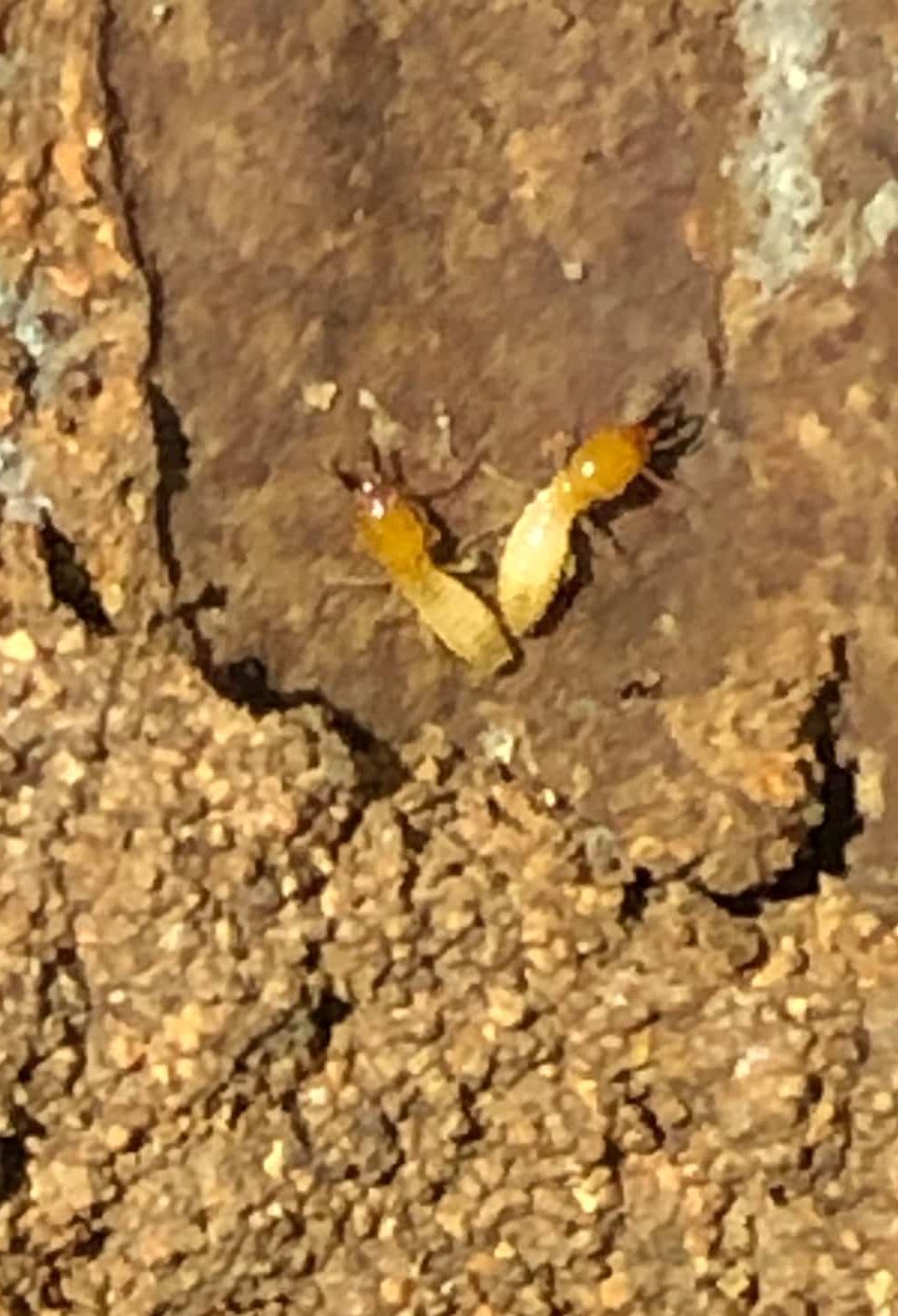
Tackling a termite infestation in Australia encompasses crucial steps and measures. Securing your home from these unsought guests necessitates a strategic approach, balancing both short-term solutions and long-term strategies. Being knowledgeable about DIY treatments, understanding the importance of professional pest control, knowing how to choose a reliable service, and becoming aware of the costs associated with termite treatment is important.
While simple DIY measures can help reduce the risk of termite infestation, the actual treatment of existing infestations is a complex process. Homeowners should be aware that poorly executed DIY treatments can often exacerbate the problem rather than solving it. Professional pest control services, on the other hand, employ a variety of scientifically proven treatments designed to eliminate termite colonies fully.
When faced with a termite infestation, choosing a competent, trustworthy and registered pest control service becomes paramount. It’s advisable to gather quotes from a number of providers, research their credentials, and seek recommendations from neighbours or local friends. Make sure the service provider uses environmentally friendly and pet-safe products.
Long-term strategies for termite control form an essential part of home maintenance. Once your home is treated, regular termite inspections ensure your home remains protected. Ensure to get a termite management plan in place that covers inspection schedules, prevention strategies, and necessary actions in case of a future attack.
The cost associated with termite treatment can vary widely, depending on the size of your property, the level of infestation, and the type of treatment required. Australians spend millions of dollars every year fixing termite-related damages. Understanding these costs assists homeowners in budgeting and prioritising termite prevention and control.

As you navigate the complexities of termite behaviour in Australia, remember that it begins with understanding the various species, their lifecycles, and habits. Knowing the common and unusual signs of an infestation is pivotal, and doing so could save your Australian home from significant damage.
Preemptive steps such as making your home less appealing to termites, regular maintenance, inspections, and the use of termite-resistant materials can be your first line of defence. Professional pest control services still play a crucial role, especially in complex situations.
When faced with an infestation, assessing the benefits of DIY treatments versus professional control can lead to better decisions. Securing a reliable pest control service not only resolves the current issue, but can also help in formulating long-term strategies to keep your home termite-free. Always consider the costs associated with termite treatment in order to plan effectively. Remember, your ultimate goal is to ensure the integrity and safety of your home.
You can see that our work is always interesting, from possums to snakes, ants and termites. (We don’t deal with snakes. You’ll need a snake catcher for that. But we did run into one recently.) We hope you can see from these images the depth of our services and get an idea of the people who work behind Zapem Pest Management. We’re working to be more than just a pest controller who zaps insects and moves on. We care about our work and hopefully it shows.
Fully Licenced and Insured, Family Owned & Operated – servicing South East Queensland & Northern New South Wales.
Family Owned & Operated